Trends in America Start from California
Since May of this year, I have been writing about how I became interested in cars and what led me to pursue a career as a car designer. In last month’s column, I covered my journey up to graduating from Kyoto City University of Arts and joining Toyota, where I took my first steps toward becoming a car designer. However, as I am currently in California, USA, since July, I’d like to change direction a bit this time and bring you the latest updates on the American automotive scene from the field.
I may have broadly referred to the “American” automotive scene, but given the vast size of the country and the varying ways cars are used and preferred across different regions, I will focus on the trends I’ve personally observed in Southern California.
As you may know, California is home to many liberal and innovative industries, such as the IT sector. The people working in these industries are often trend-conscious and known for having a high proportion of forward-thinking individuals.
In the automotive industry, starting with Toyota’s Calty Design Research studio established in the 1970s, various companies from Japan, the U.S., Germany, and South Korea have set up design studios in California as antenna bases for trends. For example, California was ahead of the curve when SUVs, which are now mainstream, began gaining popularity. While I don’t have the exact numbers, it feels like California leads the nation in EV adoption in recent years. So, in this column, I’d like to focus on the trends in electric vehicles (EVs).
Editorial Note: In terms of EV registrations by state in the U.S., California accounts for approximately 40% of the total, making it the clear leader by a significant margin.
The Striking Styling of the Cybertruck
And when talking about car styling, the hottest topic right now has to be Tesla’s Cybertruck, which began sales at the end of last year, leading the EV market in passenger cars. The body, composed entirely of flat surfaces and straight lines, is clearly different from the car styles we’ve seen up until now. Even from a distance or among a crowd, it stands out so much that it’s instantly recognizable. Its interior is also strikingly simple in design.
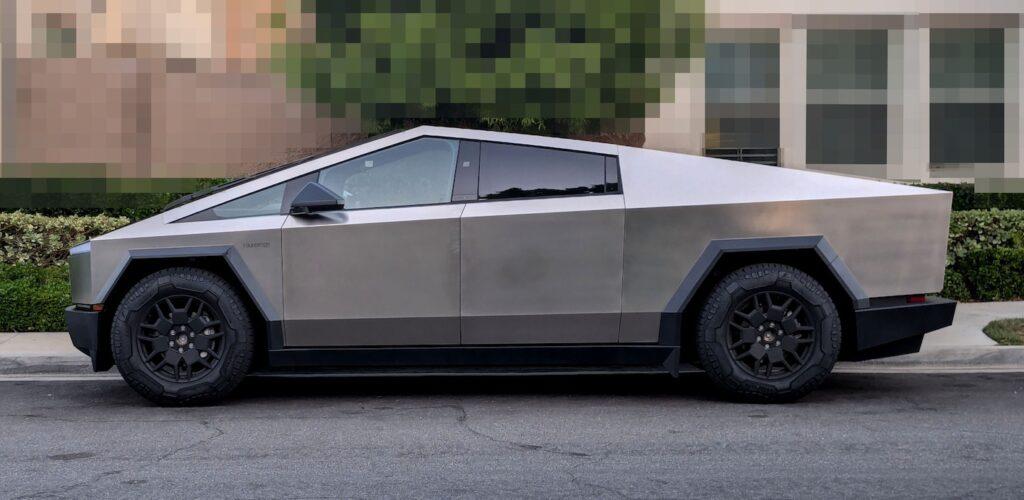

The style, shaped solely by straight lines and flat surfaces, might seem like a design no one had ever thought of before, but I don’t think that’s the case. When Tesla unveiled the Cybertruck concept in 2019, with its triangular design language, it suddenly reminded me of an old concept car that had long been buried in my memory.
That was the “ASTEROID,” a concept car Toyota built in the late 1970s to display in its PR hall. I remember being captivated by the bold design of the silver concept car displayed at the Toyota Kaikan when I joined the company in 1979. Although the ASTEROID was not a truck but a low-profile coupe with three seats, its body was composed entirely of flat surfaces and straight lines, just like the Cybertruck. The triangular cabin design was strikingly similar, almost identical. Unfortunately, the ASTEROID never made it to production, so it was never seen on the roads, but if it had been, there’s no doubt it would have been a highly conspicuous presence.
A design theme of flat surfaces and straight lines, realized after nearly 50 years. I am not suggesting that the Cybertruck is outdated; rather, it’s fascinating how, even though the design seeds may be the same, the resulting form can change in so many ways depending on the era and the packaging. I believe I’m not the only one who finds this incredibly interesting.

The bold design of the Cybertruck was able to be realized largely thanks to Tesla, an emerging force in the EV market, and the top-down leadership of its CEO, Elon Musk, who can be seen as the driving force behind it.
If it were an established major automaker, concerns about the surface quality of completely unpressed stainless steel panels and the aging of the unpainted metal surface would likely have been raised, making it difficult to give the green light for production.
In reality, when you see the Cybertruck on the streets, the exterior panels sometimes differ in color from part to part, and fingerprints can be seen on the surface. It will be fascinating to see what changes occur over the next few years.
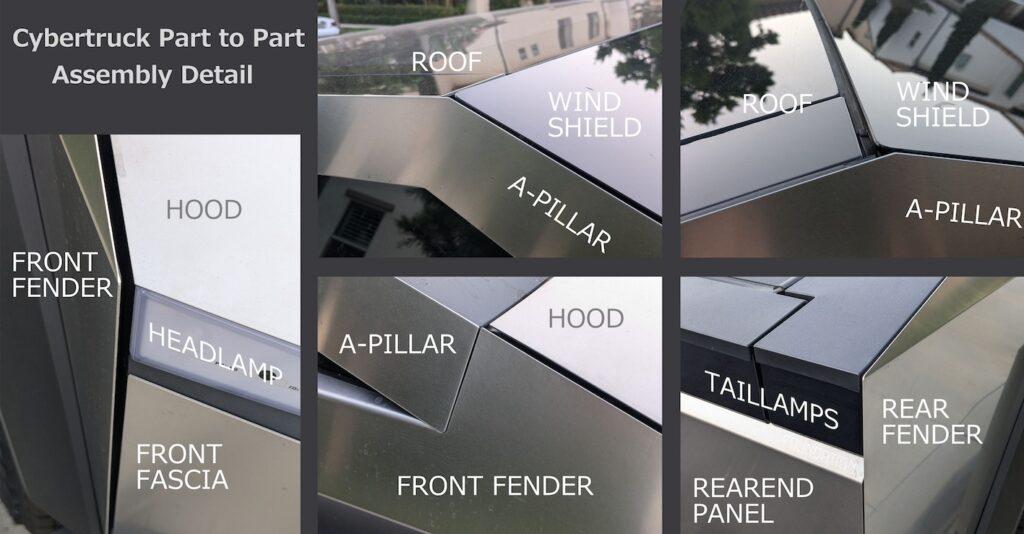
Rivian RT1
In California, when it comes to EVs, it’s not just the Cybertruck that’s gaining attention—another interesting truck has emerged in recent years: the Rivian R1T.
Rivian offers two models: the R1T pickup truck, which began production in 2021, and the R1S SUV, which followed shortly after. Rivian uses a versatile platform called the “skateboard” for both the pickup truck and SUV.
What is particularly interesting from a car styling perspective is that, compared to platforms using internal combustion engines, the EV platform allows for greater design freedom. Rivian has successfully created a simple and beautifully shaped vehicle by building an ideally proportioned body on this platform, without relying on exaggerated character lines or surface changes that might be used to create visual impact.
The only adventurous design element can be seen in the headlamp section of the front end, but even here, it avoids the ruggedness and heaviness typical of trucks. Instead, it features a light and friendly design.
How Rivian will continue to develop this design theme moving forward is something I personally find very intriguing.

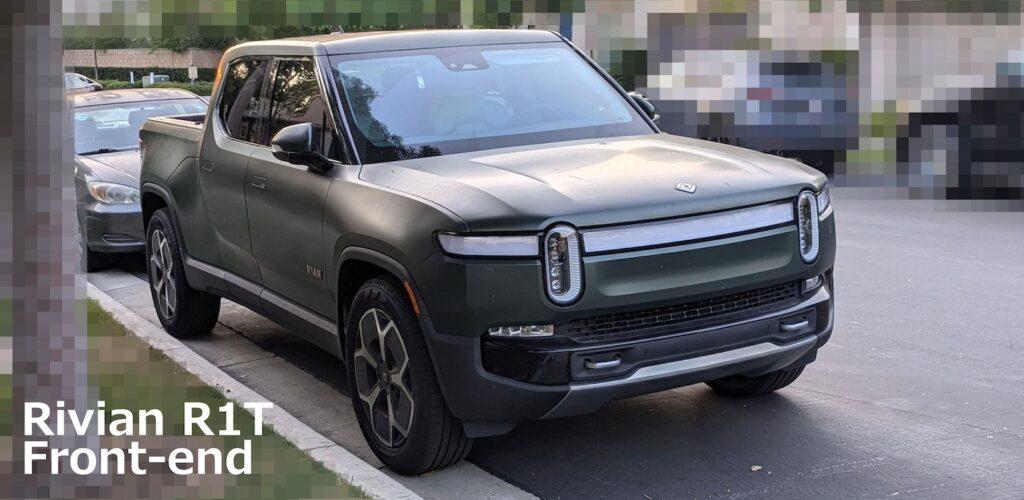
It’s not just about trucks!
We’ve been discussing EV trucks, but electric vehicles in North America are not limited to pickup trucks.
Tesla, which has been leading the EV market, began mass-producing the Model S in 2012. This large sedan, measuring about 5 meters in length and 2 meters in width, was part of a strategy to compete with high-end brands like Mercedes and BMW in terms of vehicle pricing. After establishing itself as the No. 1 EV manufacturer with the Model S, Tesla expanded its lineup with smaller sedans and SUVs, such as the Model 3 and Model Y.
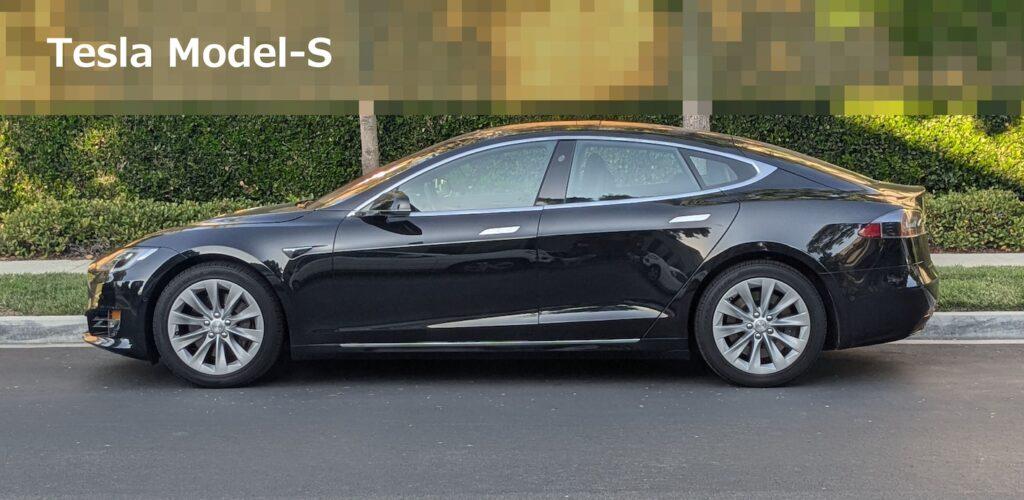

Lucid Air
Another EV sedan worth noting is the Lucid Air from Lucid Motors. As a later entrant in the North American EV market, the Lucid Air debuted nearly 10 years after the Tesla Model S, with almost the same body size. Its large, commanding presence is paired with a sleek and elegant sedan style that is slightly lower in height than the Model S, yet it maintains a graceful, extended form without appearing heavy or bulky.
However, with a price range of $75K to $100K, mass production is understandably difficult, and the number of Lucid Airs seen on the streets remains quite limited.
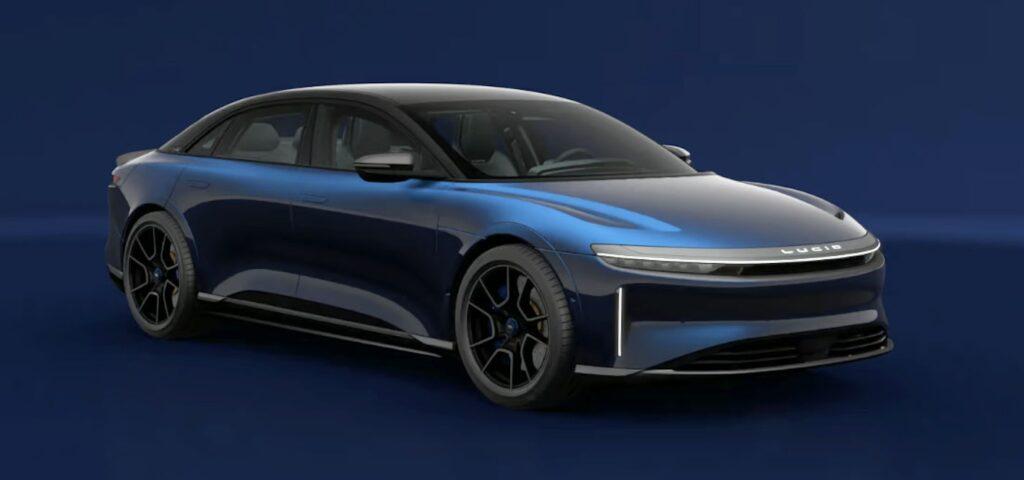
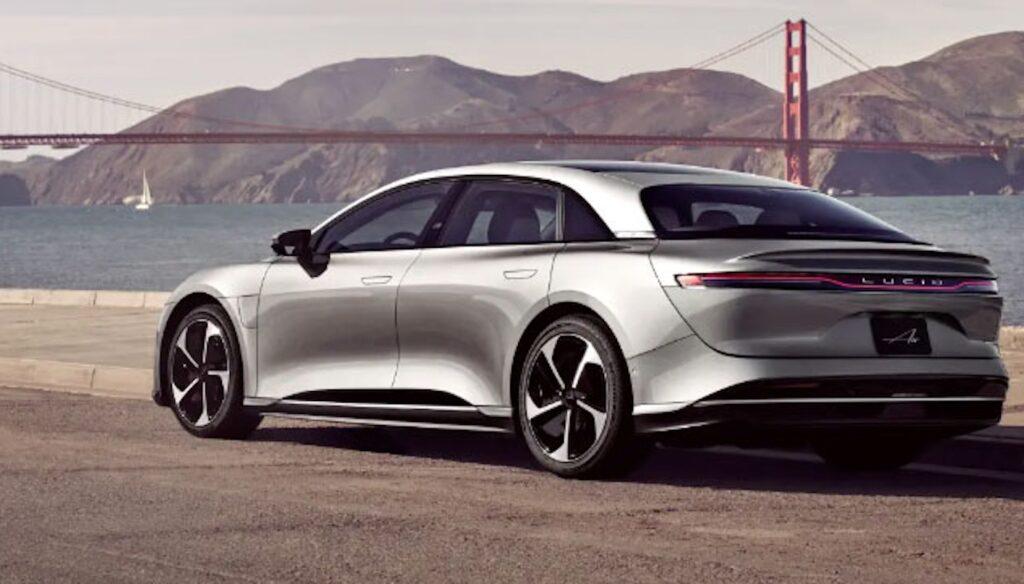
Additionally, Polestar, a company under Volvo, is performing well with its EV models such as the Polestar 2, 3, and 4. In the relatively lower price range for EVs, Korean brands like Hyundai and Kia are also making their mark, suggesting even more intense competition in the future. What’s interesting about Hyundai and Kia’s EVs is the way they handle body character lines and lighting design, showing a clear ambition to push the boundaries of design.

There are still several issues surrounding EVs, such as battery lifespan, charging time, and the risk of battery fires. Additionally, the future challenge of disposing of large amounts of used batteries is likely to arise. However, the shift to electric vehicles is an inevitable path due to environmental concerns. I look forward to seeing how technology develops over the next decade.
The Tesla Sales Situation
In the second quarter of 2024, Tesla delivered 21,551 units of “other models,” which includes the Model S, X, Cybertruck, and Semi. Additionally, based on recall information, it is known that as of June 6, 11,688 Cybertrucks had been produced, up from 3,878 units in mid-April.
When compared to the 7,902 units of Ford’s F-150 Lightning sold, it is likely that the Cybertruck has taken the top spot in the U.S. electric pickup market.
Tesla, unlike other major automakers, does not disclose sales figures by model, making precise comparisons difficult. However, considering Tesla’s high EV production capacity and the immense popularity of the Cybertruck, it seems likely that this truck has quickly surpassed its competitors.
Special Thanks
The photos of the Toyota Asteroid used in this Cybertruck comparison article were kindly provided from the archives of Toyota’s Design Department through Director Nunogaki of the Toyota Museum. Thank you for your cooperation. Editor-in-Chief: Osamu Namba

![by Car Styling [カースタイリング]](https://motor-fan.jp/wp-content/uploads/2025/04/carstyling-jp_logo.png)






